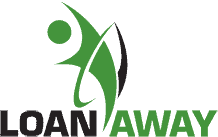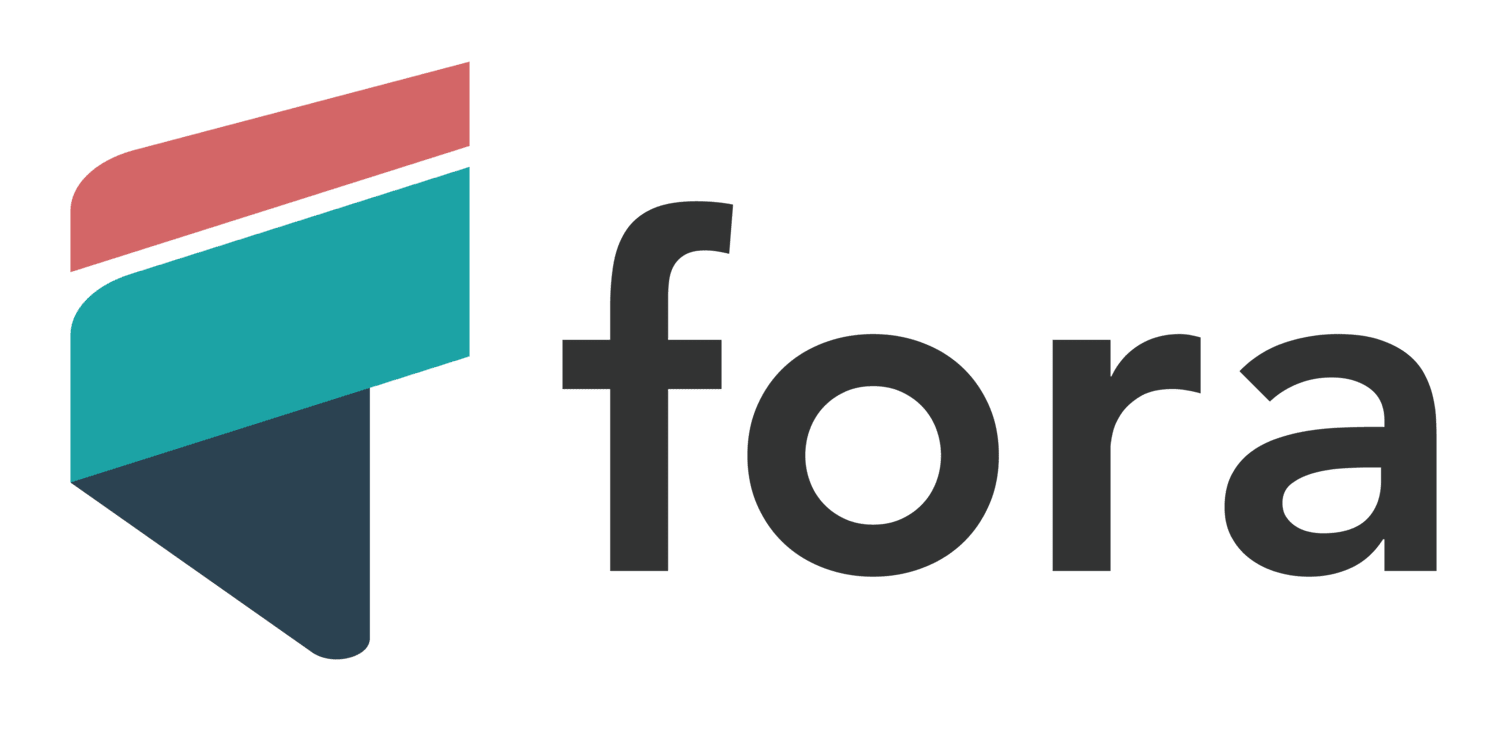Compare Lenders
Discover Popular Financial Services
What is a Student Loan?
Simply put, a student loan is a loan geared specifically towards helping part-time and full-time students pay for their education. The average Canadian student owes $26,075 - money borrowed to cover tuition, materials, living expenses, and more.
Where Do I Get a Student Loan?
There are three main types of student loan in Canada:Â
1. Federal Student Loans
There are two federal loan programs for students:
- Canada Student Loan Program
- Canada Student Grants Program
Both are managed and overseen by the Canada Student Financial Assistance Program.
2. Provincial Student Loans
Each province and territory has its own student loan program that can supplement or replace the federal program. Some provinces (Ontario, B.C., Saskatchewan, New Brunswick and Newfoundland and Labrador) work in an integrated manner with the Canada Student Financial Assistance Program, so that students can apply for and receive integrated federal and provincial loans, for maximum convenience. And some (Quebec, NWT and Nunavut) do not provide any access to any federal loans, and students are compelled to go through the provincial/territorial or private programs.
3. Private Student Loans
However, for those students who are ineligible for government loans, who need more than the maximum amount provided, or have other extenuating circumstances, private loans are an excellent option. These come in several forms:
- Private student loans
- Student lines of credit
- Home equity loans taken out on a guardian’s property
How Much Can I Borrow with a Student Loan?
1. Federal Student Loans
With federal student loans, your loan amount is determined by a number of factors, such as your location, family’s income, educational costs and so on. You cannot apply for a specific amount. However, there is an upper limit on what full-time students can receive, calculated as 60% of your assessed need, or $210 per week of study, for a maximum of 340 weeks in total (unless you have a disability or are pursuing postdoctoral studies). Part-time students can get up to $10,000.
2. Provincial Student Loans
It is partly because of the federal loan limits that students can apply to provincial programs to supplement their borrowing. Each province had their own rules on maximum amounts that can be borrowed, with some acting in concert with the federal loans program, and some acting independently.
3. Private Student Loans
For private loans, the amount you can apply for will depend on your personal circumstances, including:
- Income level
- Savings
- Credit score
- Demographics (age, location, etc.)
- Guarantor’s finances
Who Can Get a Student Loan?
1. Federal Student Loans
Federal student loans are only available to those who meet the following criteria:
- Enrolled in a designated school
- Enrolled in a course lasting a minimum of 12 weeks
- Meet the required course load
- Be a Canadian citizen or permanent resident (or have protected status)
- Be resident in a province or territory that participates in the Canada Student Loans Program
- Be able to prove financial need
- Pass a credit check if you are 22 or older
- Maintain a satisfactory academic standard
How Much Do Student Loans Cost?
1. Federal Student Loans
Federal student loans offer steady terms for their borrowers:
- 2.5% plus prime interest rate (currently equals a 4.95% interest rate)
- Full-time students are charged no interest while enrolled
- No repayments necessary until after graduation
- Six month grace period before repayments start after graduation for full-time students
- Part-time students have six month’s grace for principal repayments, but not interest
There is also a Repayment Assistance Plan for those struggling to repay their Canada Student Loan.
2. Provincial Student Loans
Provincial programs have their own eligibility requirements, some of which mirror and some of which vary quite a bit from those above. However all require residence in the province or territory in question.
3. Private Student Loans
Lastly, any qualifying applicant can obtain a private student loan. Every lender will have their own thresholds for applicants, pertaining to their financial profile, credit score, course details, location, demographics and more. But unlike federal and provincial loans, they do not necessarily tie to your academic performance, your course type or your course load - so they offer more flexibility overall.
2. Provincial Student Loans
Each province sets its own interest rate for their local loans program, and these range from a minimum of 0% to a maximum of 2% plus prime. Although each province sets their own rate, for most parts of the country provincial and federal student loans are consolidated into a single repayment plan. This is done via an organization called the National Student Loans Service Centre, who manage and administrate all aspects of your repayments.
3. Private Student Loans
Private loans can be competitive with government-backed loans, but the rate you will receive will be much more circumstance-dependent, and also vary with the type of borrowing you choose. For example, the most popular private option is a student line of credit, which typically starts at a rate of prime minus 0.25%. Students with assets to secure their borrowing against, a projected high earnings path, or living in a preferred area all may get better deals on their loan terms. It is important to note that many private lenders also offer grace periods on repayments, but with a private loan interest will start accruing right away.
Because of the variability in what is available across the country, and how your personal circumstances can affect your loan options, it is always wise to research and compare your private and government loan choices, to find the best deal for your individual situation.
Applying for a Student Loan in Canada
1. Federal Student Loans
To apply for a federal student loan, you must complete an application form obtained from your province’s student loan program. One application form through your province should mean that any relevant grant or loan available either federally or provincially is automatically considered.
As soon as your loan is approved, the National Student Loans Service Centre takes over administrative duties from the government, and they will be your main point of contact for all matters relating to your financing moving forwards. You must reapply every academic year to continue receiving funding.
2. Provincial Student Loans
In most provinces, your federal and provincial loan applications are one and the same, meaning a minimum of paperwork. However, if you live in Quebec, Nunavut or NWT, you cannot obtain a federal student loan, and can only get a provincial/territorial loan.
It can take anywhere from several days to a few weeks to process your government loan application.
3. Private Student Loans
A significant benefit of private student loans is that you do not need to keep applying each academic year - it’s one application for your entire education. Application processes vary depending on your lender of choice, but most banks and lenders offer online applications for maximum convenience and fast turnaround. You can also shop around and find the best loan deal for you, or apply to other lenders if you are unsuccessful initially.
Other Types of Student Aid in Canada
As well as the student loans discussed above, there are some other financing options available for qualified applicants. This includes:
You can also withdraw funds from a Registered Education Savings Plan (RESP) to help pay for your studies.
Frequently Asked Questions About Student Loans
How much does a student loan cost?
That depends on where you get your loan. Federal loans average around a 2.5% plus prime interest rate, provincial loans vary from 0% to 2% plus prime, and private loans start from around prime minus 0.25%.
When do I have to start repaying my student loan?
This depends on where you get your loan. Many lenders offer a six month grace period after graduation before you have to start repayments.
Why can’t I get a government student loan?
Government student loans have many eligibility requirements, pertaining to you and your educational path. Not every student in Canada qualifies for these loans, and luckily the private student loan market is a viable and affordable alternative.
Where can I get a private student loan?
Most major banks as well as many alternative lenders offer private student loans (and lines of credit), and many have online quote and application tools so you can easily see how much a loan would cost. Take a look at the table above for a place to start.
Is there a maximum I can borrow with a student loan?
Yes, most student lending has a maximum borrowing amount, but this depends on the type of loan you get. Federal student loans max out at $210 per week of study. Provincial loans have more fluid maximums, calculated according to your need. And private loans can have a lot more flexibility, but depend much more on your personal financial circumstances.
How do I know if I can get a student loan through my province?
Many students can get loans through their province or territory, but as each area has different rules, you need to check your local requirements. For more info go to:
Explore more
Why Choose Smarter Loans?

Access to Over 50 Lenders in One Place

Transparency in Rates & Terms

100% Free to Use

Apply Once & Get Multiple Offers

Save Time & Money

Expert Tips and Advice




















